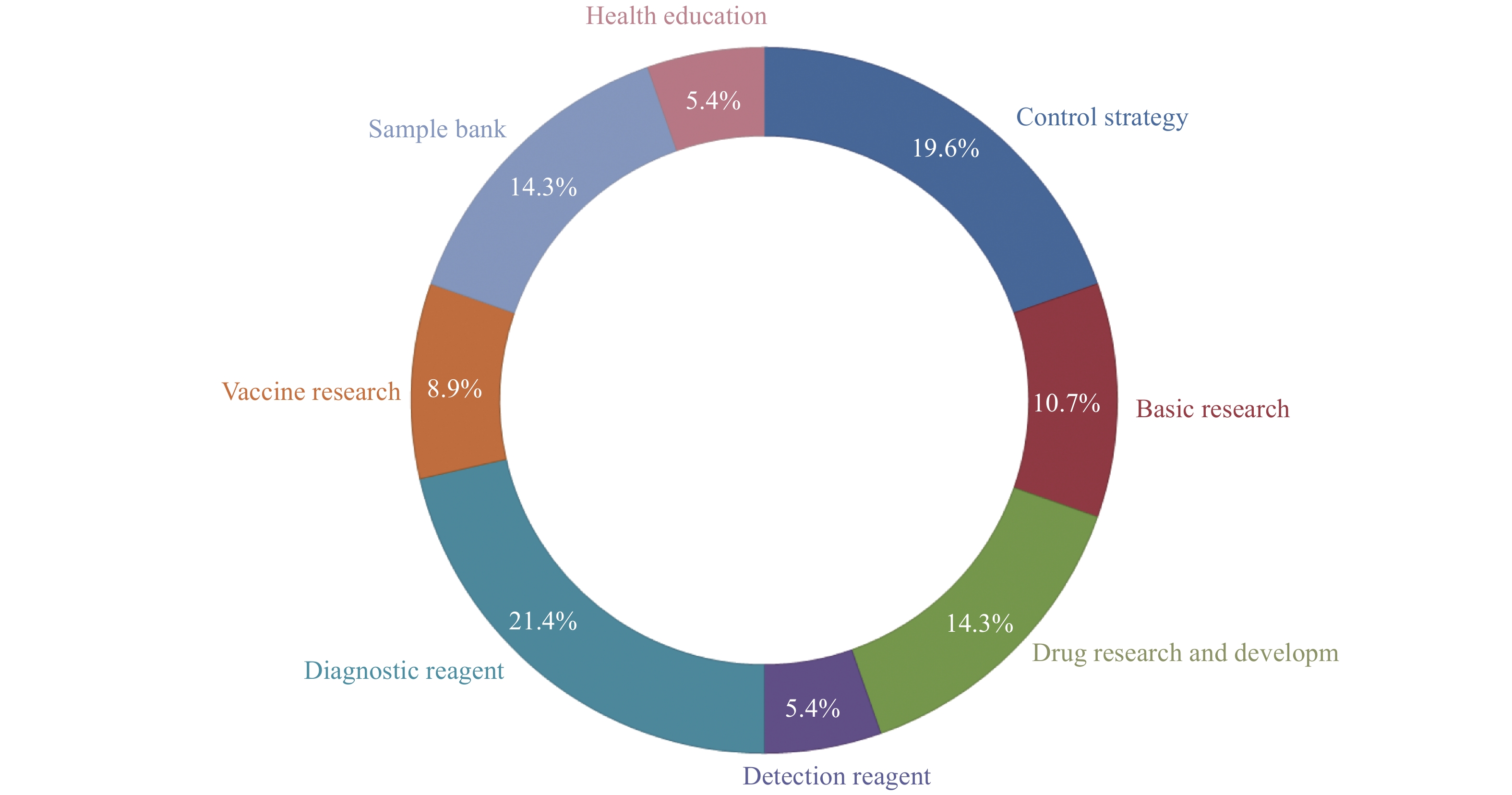2021 Vol. 3, No. 5
The endemic status of schistosomiasis appeared to continuously decrease in China from 2015 to 2019. The snail species Oncomelania hupensis is the only intermediate host involved in the transmission of Schistosoma japonicum, and this snail’s geographic distribution is strictly consistent with that of schistosomiasis.
The snail’s habitats did not decrease significantly in China from 2015 to 2019, and some habitats have been newly detected or recurrent in some regions. Snail habitats among nine counties in Hunan and Jiangxi covered nearly half of the areas with snails.
Considering the situation of snail distribution, strategies and measures on snail control should focus on key areas. In addition, study of the origin and causes of the newly-detected snail habitats and recurrent areas with snails needs to be strengthened, and comprehensive measures should be taken to prevent the spread of snails.
What is already known about this topic?
Over 90% of Oncomelania snails, the only intermediate host of Schistosoma japonicum, are distributed in the middle and low reaches of Yangtze River. Flooding can extend the distribution of Oncomelania snails and hence accelerate the transmission of schistosomiasis.
What is added by this report?
Although the dispersal of Oncomelania snails was negligible in north Poyang Lake after flooding in 2020, 2 samples of cattle feces with Schistosoma egg and 2 infected snails samples were indeed found. All four risk sites were distributed in Lushan County. Cattle feces were observed in the six out of seven field sites in Lushan County.
What are the implications for public health practice?
The present national control strategy focusing on control of infection source should be reinforced in Lushan and other schistosomiasis endemic areas. Overlaps of infected snails and cattle feces with Schistosoma egg were not observed, which called for intensive surveillance in Lushan County.
What is already known about this topic?
Oncomelania hupensis (O. hupensis) is the only intermediate host of Schistosoma japonica. The distribution of O. hupensis is affected by a series of climate, geographical, sand ocioeconomic factors, which reflect the risk areas of schistosomiasis.
What is added by this report?
There were certain geographical aggregations in the potential high distribution areas of O. hupensis, which were mainly distributed in Poyang Lake area, Dongting Lake area, and the middle and the lower reaches of the Yangtze River.
What are the implications for public health practice?
Monitoring and forecasting the distribution of O. hupensis is conducive to improving the early warning capabilities of the potential risk of schistosomiasis transmission and progressively promoting the elimination of schistosomiasis nationwide.



 Subscribe for E-mail Alerts
Subscribe for E-mail Alerts CCDC Weekly RSS Feed
CCDC Weekly RSS Feed


